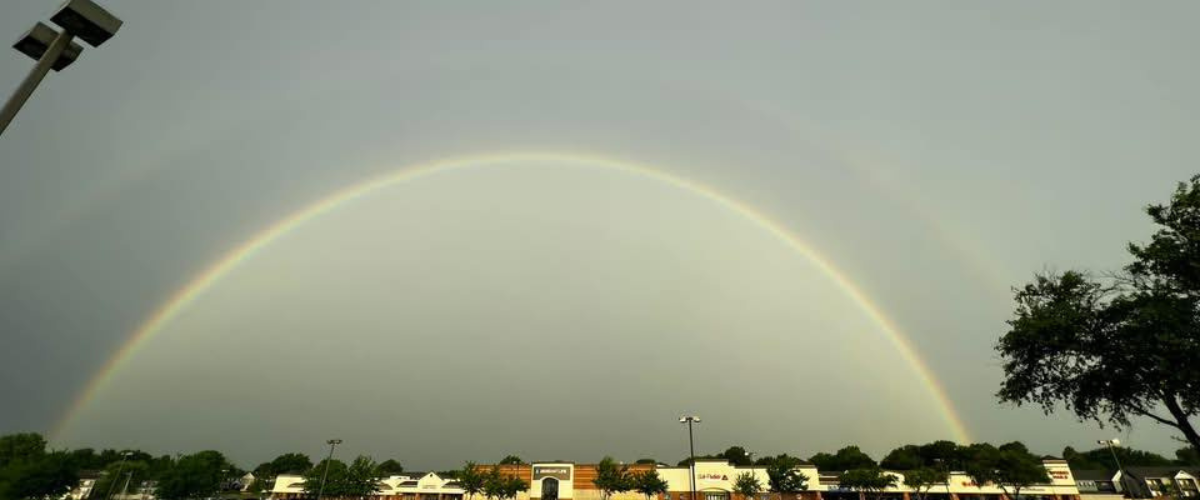
Recent Posts

Cold Nights Ahead: Blue Springs Weather April 2025
Here is the latest Blue Springs weather Forecast for April 6, 2025, over the next few days. Continue to keep those sensitive plants covered at night. Winter still holds on. Tomorrow morning, we will have a low of 38° F by 4 a.m., and on Tuesday, we will have a low of 28° F by […]

Blue Springs Weather Forecast – Saturday April 5th, 2025
Today will be another wet day today. Rain’s beginning by about 11am.

Tornado Genesis – A Scientific Report
Overview of Tornado Genesis Tornado genesis, or how tornadoes form, is a fascinating and complex weather phenomenon primarily studied through severe thunderstorm research. Tornadoes are violently rotating columns of air, and understanding their formation helps improve forecasts and safety measures. Research, especially from organizations like the National Severe Storms Laboratory (NSSL), suggests that tornadoes often […]